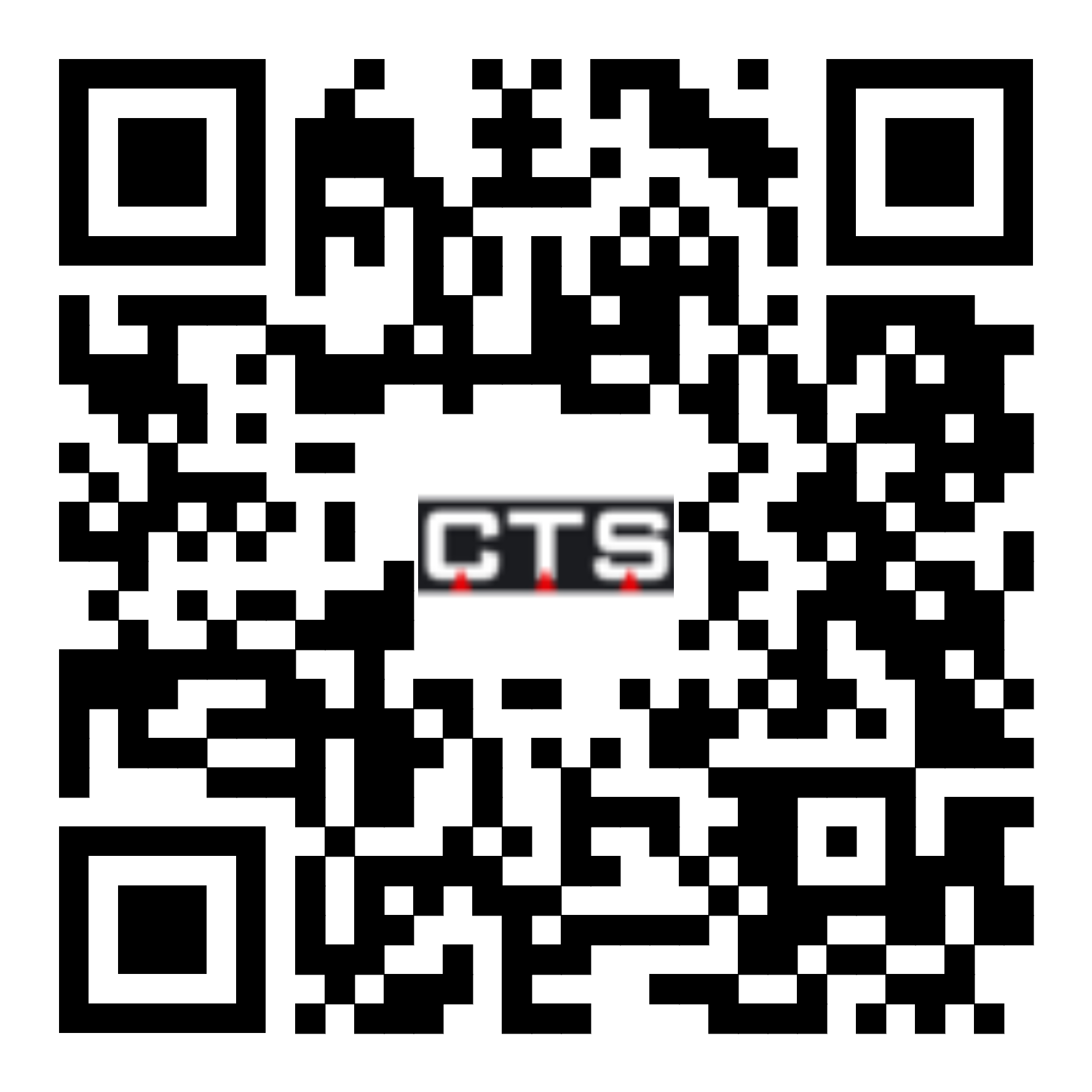T series temperature test cabinets
The latest generation using innovative technology and a trendsetting design.
The CTS temperature test cabinets stand out for their high temperature accuracy, simple programming via our modern multi-touch panel and a low noise level.
CTS temperature test cabinets for an energy-efficient environmental simulation
Due to their innovative control system and the careful selection of all components, the CTS temperature test cabinets are among the most energy-efficient devices on the market. The temperature can be controlled either via the supply air sensor or the exhaust air sensor, allowing it to be optimally adapted to your tests and the test specimen.
Test space volume in litres
Temperature ranges
-70 °C / +180 °C
Standard basic equipment of the temperature test cabinets
- Capacitive multi-touch display in the front panel with function keys for the main system functions
- USB stick connection for data storage
- Ethernet interface
- 2 digital outputs to the customer-provided test specimen controls
- Software-based min. / max. temperature limiter
- Slide-in rack in stainless steel
- Entry port Ø 50 mm on centre right
- Door latch for one-handed operation, lockable
How test cabinets benefit you
- Low connected load/energy consumption
- Extremely low sound pressure level
- Simple, user-friendly operation and programming
- Identical control panel in all sizes
- Dual temperature measurement by supply and exhaust air – Pt 100
- Service-friendly design
- Compliance with current CE and EMC regulations
Main options for CTS temperature test cabinets
- Refrigeration using the natural agent CO2
- Additional entry ports, ø 50 mm, 80 mm and 125 mm
- Additional slide-in racks
- Panoramic window 570 x 710 mm from 200l, incl. LED illumination
- Separate Pt 100 for measurement at the test specimen; can be switched over to use as control sensor
- Compressed-air dryer
- Mobile design
- Water-cooled refrigeration unit
- Overtemperature protection for test specimen
- CID software for programming and documentation
- Speed-controlled circulation fan
- Further interfaces: RS232, RS485 and USB
- Slot-type entry ports
- Glove port in the door
Technical specifications





